When you have a stash of Qantas Points to spend, it makes sense to get the most out of them. But if you’re new to the game, where do you start? What are some of the best ways to redeem those hard-earned Qantas Points? I’m glad you asked.
Generally, it makes more sense to use frequent flyer points to fly. That’s also where you’ll typically find the best value. Of the many options on the table when taking to the skies, here are five of the most rewarding methods for spending Qantas Points based on the program’s current redemption rates.
These are set to change in August 2025. Refer to this guide for the rates applicable to bookings made from August.
Qantas American Express Ultimate
Spend Qantas Points on flight upgrades
One popular way to spend Qantas Points is to upgrade to a higher cabin on a flight you’ve already booked. For instance, turning your Economy ticket into a much larger seat – or even a bed – in Business. This can present excellent value when travelling on a flexible cash fare, as fewer points are needed to upgrade.
For example, let’s say you’re flying from Sydney to Melbourne. On a Flexible Economy ticket, you currently need only 5,400 Qantas Points to upgrade to Business, one-way. Once upgraded, you enjoy all the usual perks of Business. This includes lounge access, priority check-in, priority boarding, and of course, the inflight experience itself.
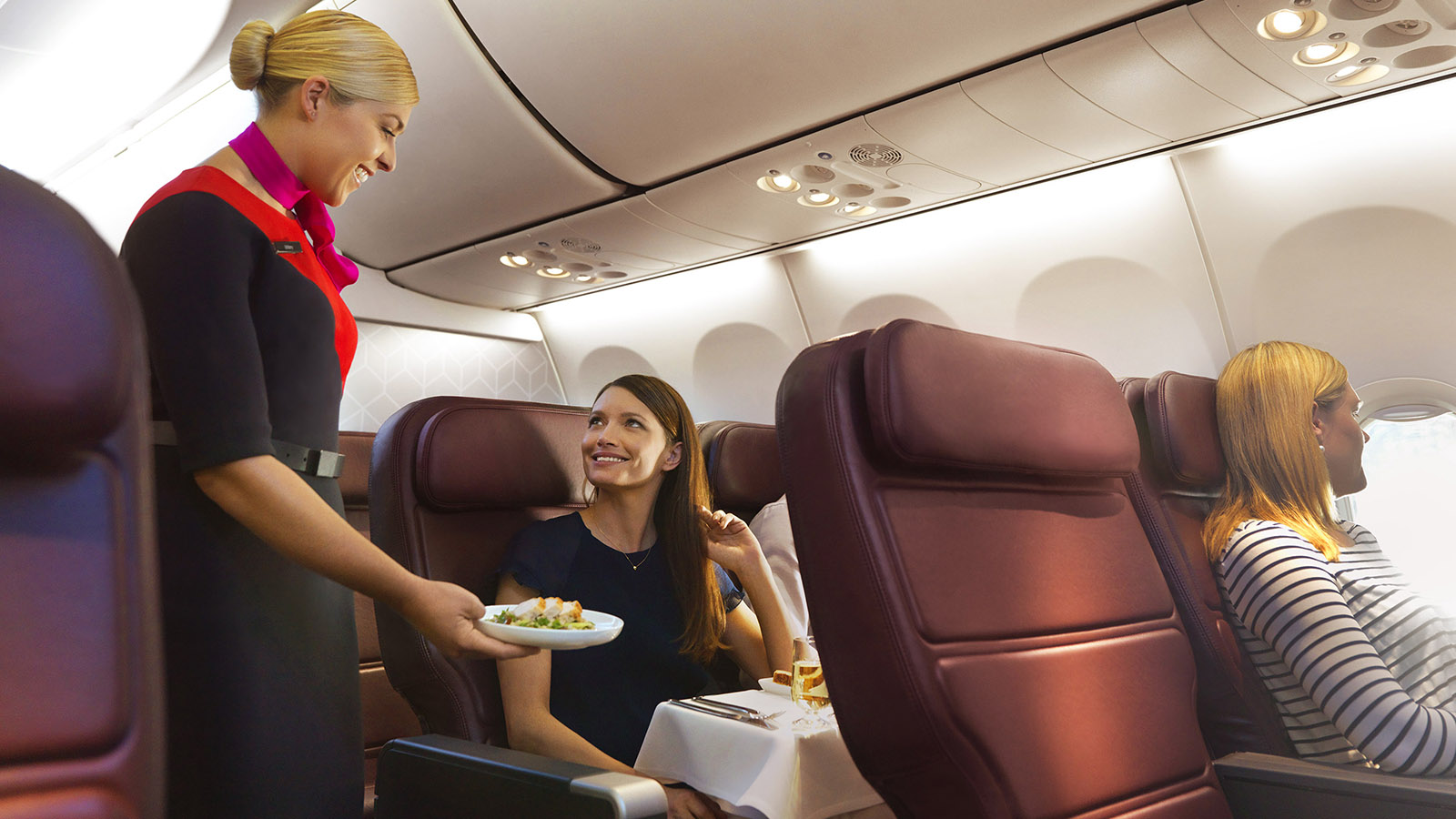
On some routes, an upgrade can still be decent value from lower-priced paid tickets. But if you’ve already booked your Economy flight using points, upgrading would mean paying even more points. In fact, the cost of your original ticket plus the upgrade would be more than to simply book that higher cabin seat outright.
Again from Sydney to Melbourne, 10,900 Qantas Points can get you from Discount Economy into Business. But you’d need 13,000 Qantas Points to shift an Economy Classic Reward ticket into Business. But we know you want some of the best ways to spend points, so let’s look further afield.
From Australia’s east coast to Singapore, you could upgrade a Flexible Economy booking to Premium Economy for only 10,900 Qantas Points, one-way. That’s the same number of points needed for that short domestic upgrade from a discounted fare, but for eight hours in a nicer seat. From Flexible Economy, you could also upgrade to Business on the same Singapore routes for only 29,900 Qantas Points. That’s less than 3,800 Qantas Points per hour to sit in a flatbed, instead of a reclining seat.
Book long-haul premium travel outright
Flight upgrades are fun, but they’re always subject to availability. On international flights, you can’t easily predict whether your upgrade will be approved, as all overseas upgrades are ‘waitlisted’. This means they’re considered for processing only in the days before the flight departs. On the other hand, when you make an outright booking by spending Qantas Points, your preferred cabin is locked in from the get-go.
Personally, outright bookings at the pointy end are my favourite way to spend Qantas Points. I like the comfort of knowing exactly how I’ll be travelling, and I can plan accordingly. I’m not keeping my fingers crossed, hoping for the ‘upgrade fairy’ to sprinkle some magic dust onto my booking. My prized seat is already locked in.
But here’s the challenge. Everybody wants to fly Business Class by using points, so this option takes some planning. You’ll need to be flexible, your travel dates might need to shift, and you might even need to fly somewhere else to travel in style. But the compromises can be worth the reward.
Take my last trip to North America as an example – bound for Toronto. I couldn’t get a direct Australia-Canada flight, or even Australia-USA-Canada on a single booking. So, I used Qantas Points to get me from Melbourne to LA. I secured a seat in Business, but I still had to detour via Sydney. Then, I had to book a separate flight from LA to Toronto the next day, on which I could only find Economy. But it got me flying Business for the longest part of the journey, from Australia to North America.
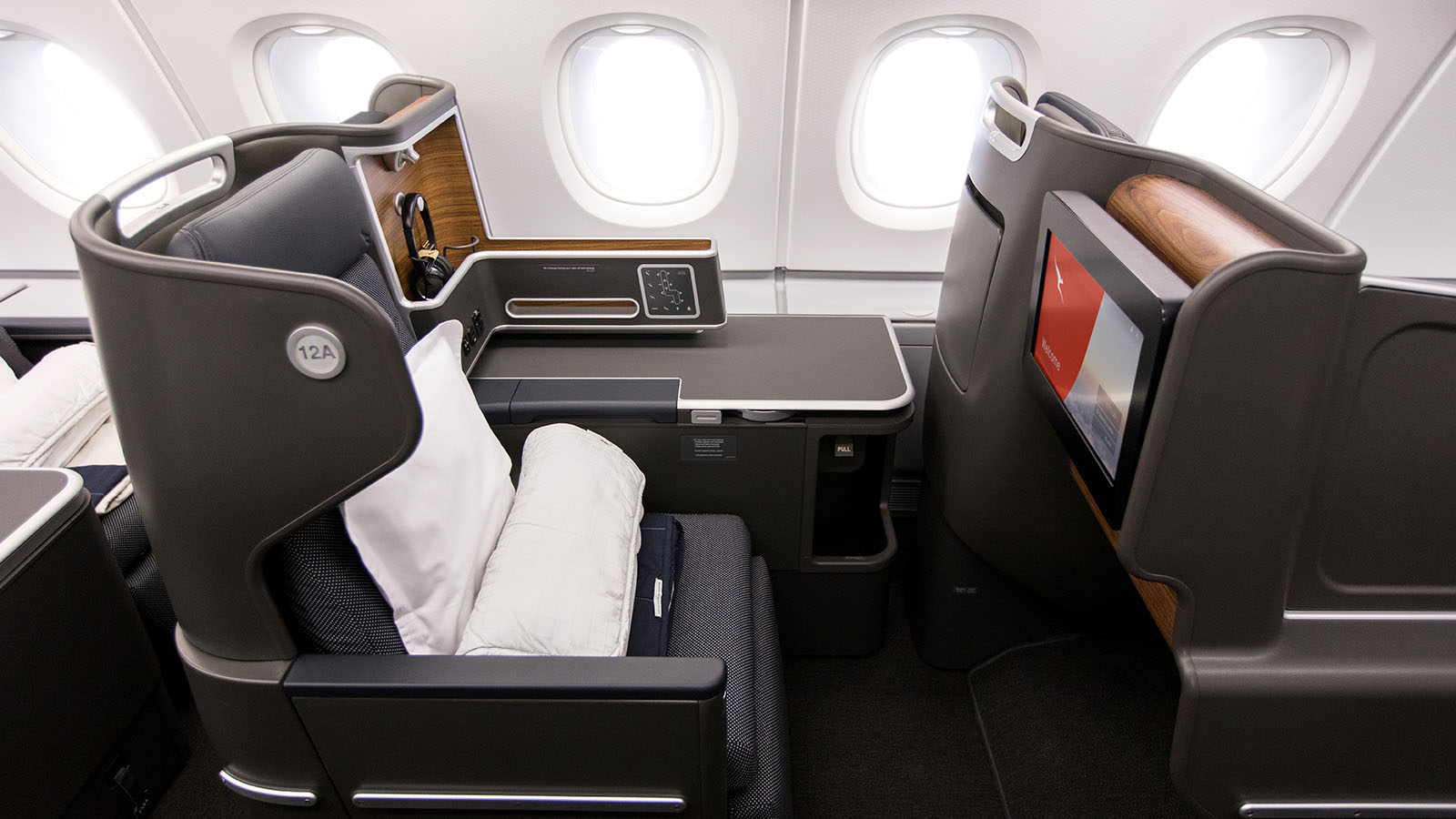
Qantas has a huge web of international partners, so you can try to mix and match. Taiwan’s China Airlines, Finnair, Japan Airlines, Malaysia Airlines and SriLankan Airlines can have better reward seat availability than some of the Roo’s other partners. Again, be flexible, and you might just win the game.
Book Business on domestic and trans-Tasman flights
Sure, everybody wants a flatbed on a long-haul flight. But there are still plenty of opportunities to travel in comfort on shorter journeys, too. Unlike those longer routes, there are far more flights taking place on these shorter hops. When you combine the presence of more physical seats on these short routes, along with traditionally lesser demand to book them using points, you end up with greater reward seat availability.
These bookings start at 18,400 Qantas Points, one-way. That’s for a route like Brisbane to Sydney or Sydney to Melbourne. For something a tad farther like Brisbane-Melbourne, you’re looking at 27,600 Qantas Points. Flying from Australia’s east coast to Perth or New Zealand costs 41,500 Qantas Points.
Just like upgrades, these outright bookings include all the usual benefits of Business Class. For instance, access to the Qantas Domestic Business Lounge – or the Qantas Club, where that’s the only lounge available. Or to NZ, the International Business Lounge. Extra checked baggage, priority treatment and the onboard experience are all part of this, too.
The appeal of this increases for Qantas Points Club members. That’s because it allows Status Credits to be earned on Qantas reward flights. Depending on your journey, you might even be able to weave in a connecting flight without spending any extra Qantas Points, but which would still earn more Status Credits.
As an example, you could fly Brisbane-Sydney-Melbourne on the same day for the same number of Qantas Points. But rather than 28 Status Credits that you’d receive from the direct flight, you’d get 36 (not to mention, two Business flights rather than one). Or perhaps more logically, even something like Melbourne-Sydney-Auckland to earn more Status Credits than Melbourne-Auckland direct.
Use Qantas Points for short, expensive flights
Booking Economy may not be the most glamorous way to spend your Qantas Points. But on some routes, it can be highly economical. That’s because the cash ticket price on some flight can be quite high. But for a Classic Reward, the number of Qantas Points needed is based on the flight’s distance, not cost. See what we’re hinting at?
Flights to Canberra can be a good place to start. On dates we’ve searched from Sydney and Brisbane, Qantas Points often remain an option where the cash ticket price is $259 or less. This costs 8,000 Qantas Points plus $76 (from Brisbane), making those 8,000 Qantas Points ‘worth’ $183 (the difference in cash). That’s nearly 2.3 cents per point.
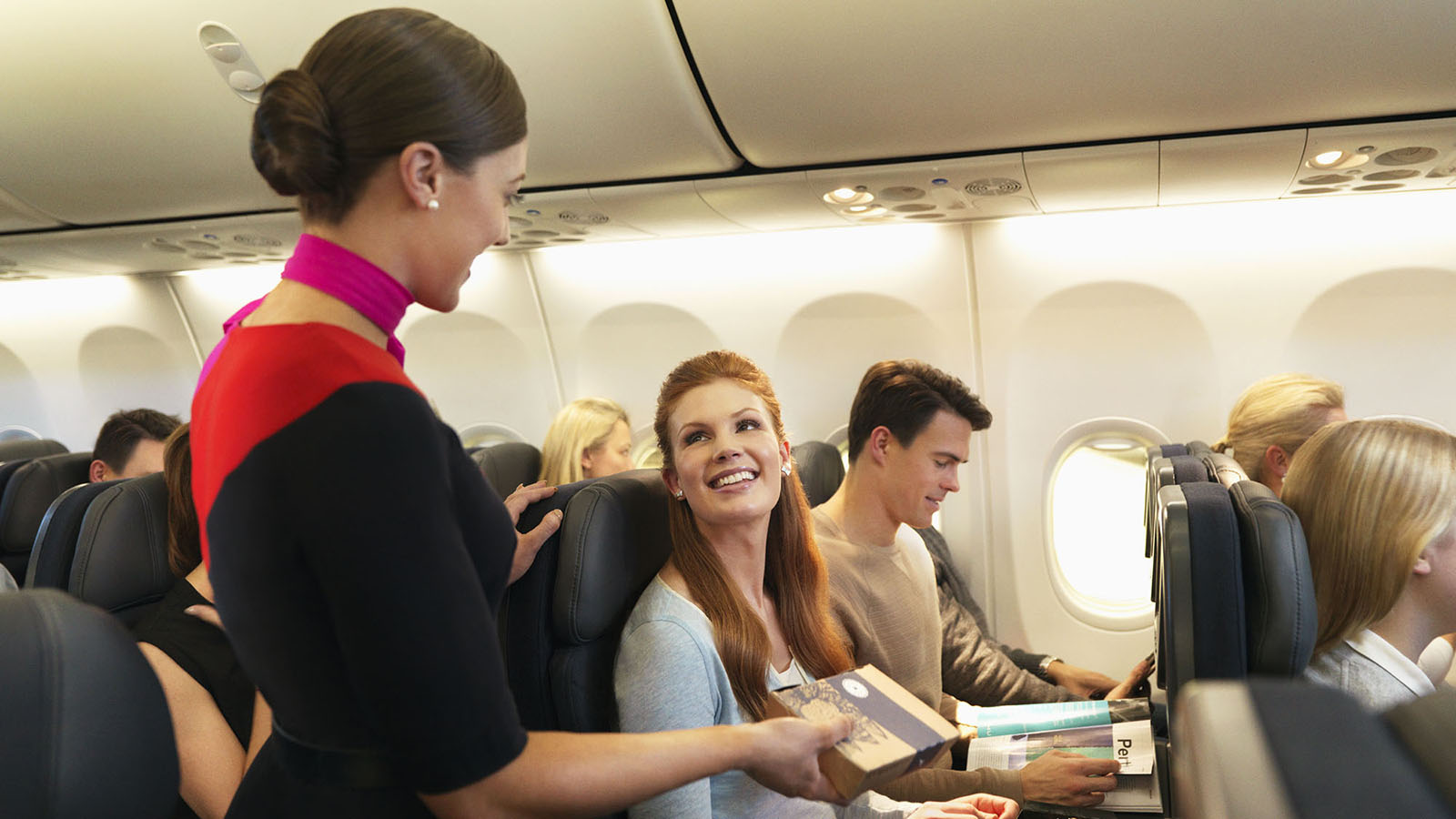
How about Sydney to Lord Howe Island? A cash ticket can cost $814, one-way. But the same flight costs 8,000 Qantas Points plus $101. In other words, your 8,000 Qantas Points would unlock $713 in cash savings, which is more than 8.9 cents in value per point.
The same principle can also apply on short Economy flights with Qantas’ partner airlines. Here are a few of my favourites:
- American Airlines US domestic or transborder Economy from 8,000 Qantas Points plus US$5.60. For instance, Los Angeles to San Francisco.
- WestJet domestic Economy (in Canada) from 10,000 Qantas Points and often less than CA$50 in taxes and fees (e.g. Calgary to Vancouver).
- Air New Zealand domestic Economy from 10,000 Qantas Points and usually less than NZ$10 in taxes and fees (e.g. Auckland to Wellington).
Use Qantas Points to fly round-the-world
Here’s an option for those more adventurous (and more patient!). Not only can you spend Qantas Points on simple one-way and return bookings, but you can also use your Qantas Points to book a full round-the-world itinerary. In fact, the number of points needed isn’t much higher than a return trip to London or New York. Let’s compare.
A simple return Business Class booking from Sydney to London costs 289,200 points aboard Qantas itself. Or with partner airlines, it’s 318,000 Qantas Points. To fly round-the-world? It’s also 318,000 Qantas Points in Business Class. Why fly to Europe alone, when you can fly round-the-world for the same number of points?
As you’d expect, there are a few rules to follow. To get your ticket booked at 318,000 Qantas Points, you can only travel with oneworld Alliance airlines. This means you can’t include flights on certain Qantas partners like Emirates, China Airlines, Air France or KLM. In fact, within oneworld, you’ll need to fly with two airlines other than Qantas. You can still include Qantas flights, but you have to also include at least two other oneworld partners.
You’re also capped at up to five stopovers. These are places where you’ll spend more than 24 hours. Your journey can be up to 35,000 miles in length, and you can start and finish in different places (with some restrictions). Our guide to this has more.
Also read: How to fly around the world in Business Class with Qantas Points
Imagery courtesy of Qantas.
Stay up to date with the latest news, reviews and guides by subscribing to Point Hacks’ email newsletter.

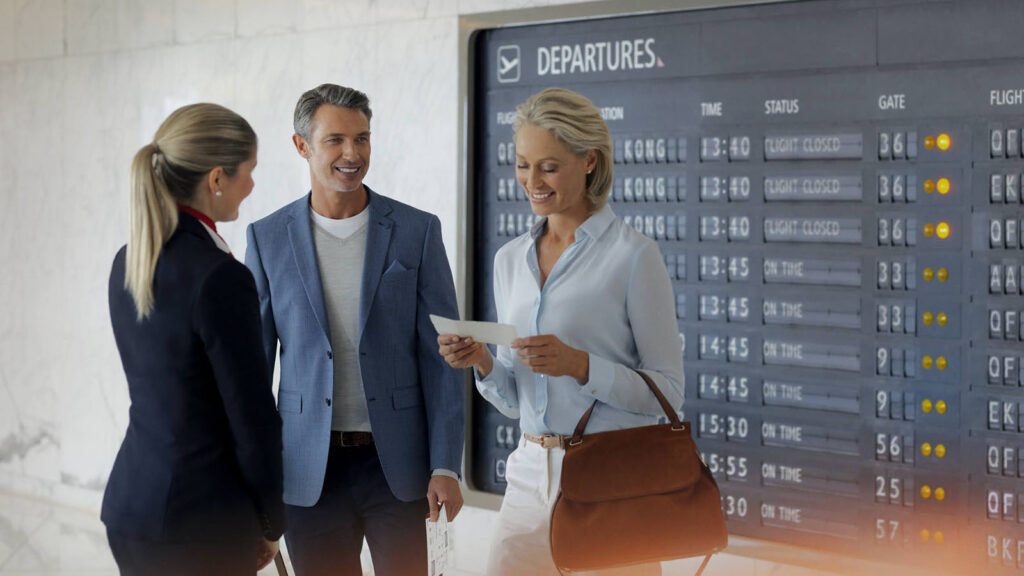

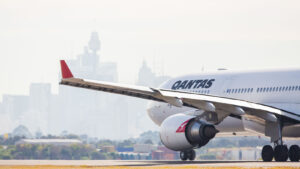
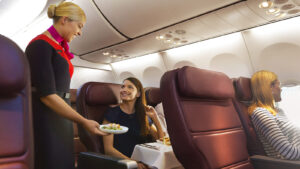
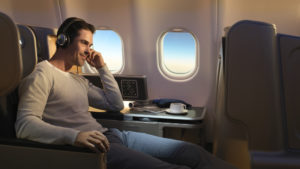

For an unplanned emergency trip do not contemplate using points.
I have been saving points since I was flying Interstate for my employer in the late 80’s.
I slowly built up 500,000 points with travel and Credit Cards.
Now retired, my life long best friend was dying in Melbourne and I used Points for a return flight from Brisbane for my Wife and myself.
In excess of 300,000 Points. Incredible and unbelievable.
Absolutely worthless!